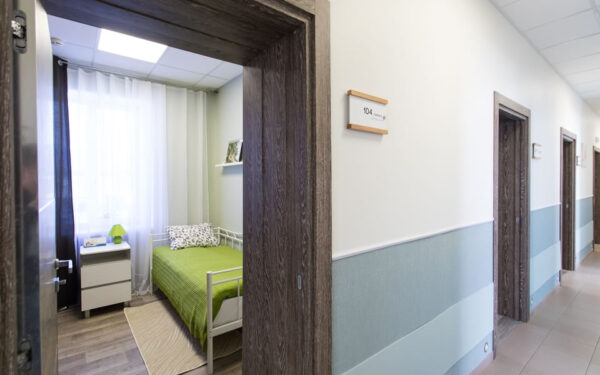Pros and Cons of Switching to Concierge Practice

With many physicians looking to change the mode of practice in reaction to insurance changes and economics, the need to make a full economic analysis is paramount. Understanding utilization and additional reimbursement will make all of the difference in the decision making process.
The most common medical practice size is 2,000 to 3,000 patients. With so many patients to see, a doctor has limited time to spend on each person, making it difficult to establish strong doctor-patient relationships. This is why concierge medicine is gaining popularity. With this model, doctors are able to provide more attentive care while maintaining the same revenue flow. There are many factors to consider before a traditional medical practice can make the switch over to concierge medicine.
Concierge practices require patients to pay a retainer fee. According to Tom Blue of the American Association of Private Physicians, the fee can be anywhere from $50 to $25,000 per year, with the average amount being about $150 a month. Therefore, the number of patients they have drops significantly depending on what type of payment model the practice uses. This allows for concierge doctors to spend more time with patients and accommodate last minute appointments.
The single biggest challenge of concierge medicine is marketing. Since concierge medicine is still gaining popularity, doctors have to invest more time and money into attracting new patients and raising awareness about the business model. Some doctors have found success with ads in a country club newsletter while others seek speaking engagements with mens groups. The method is all dependent on the target patient audience. But anyone who wants to do well in the concierge medical field has to prepare for the marketing commitment.
Source: Physician News Digest







